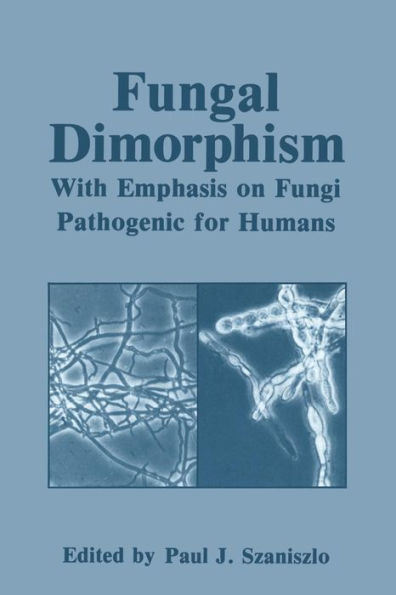5
1
9781468449846


Fungal Dimorphism: With Emphasis on Fungi Pathogenic for Humans available in Paperback

Fungal Dimorphism: With Emphasis on Fungi Pathogenic for Humans
- ISBN-10:
- 1468449842
- ISBN-13:
- 9781468449846
- Pub. Date:
- 11/28/2012
- Publisher:
- Springer US
- ISBN-10:
- 1468449842
- ISBN-13:
- 9781468449846
- Pub. Date:
- 11/28/2012
- Publisher:
- Springer US
109.99
In Stock

Product Details
| ISBN-13: | 9781468449846 |
|---|---|
| Publisher: | Springer US |
| Publication date: | 11/28/2012 |
| Edition description: | Softcover reprint of the original 1st ed. 1985 |
| Pages: | 396 |
| Product dimensions: | 5.98(w) x 9.02(h) x 0.03(d) |
From the B&N Reads Blog
